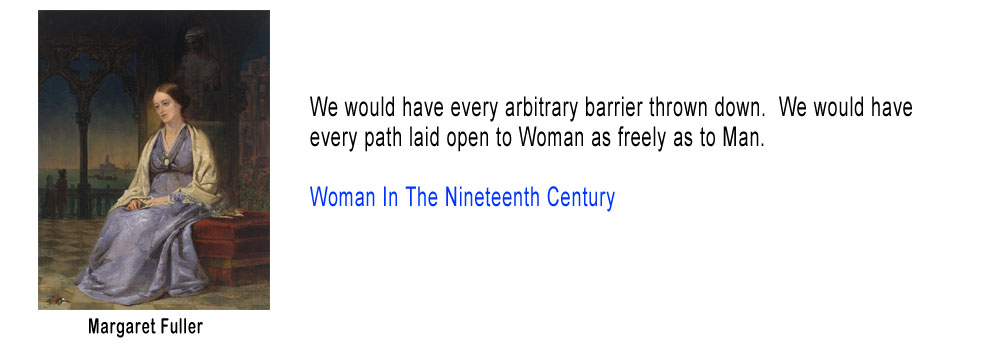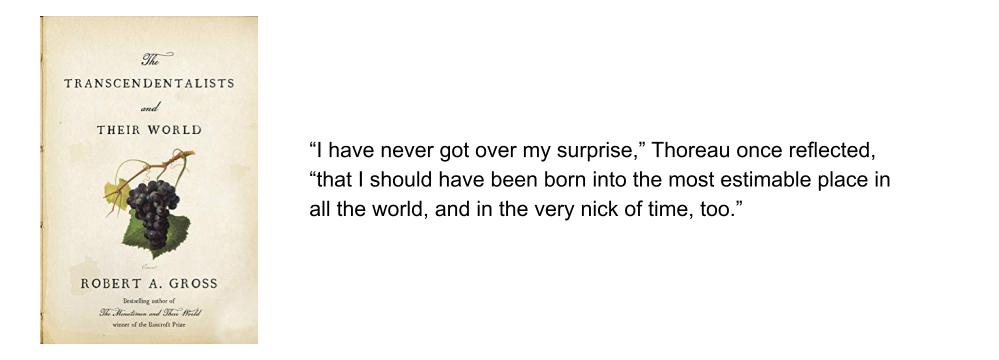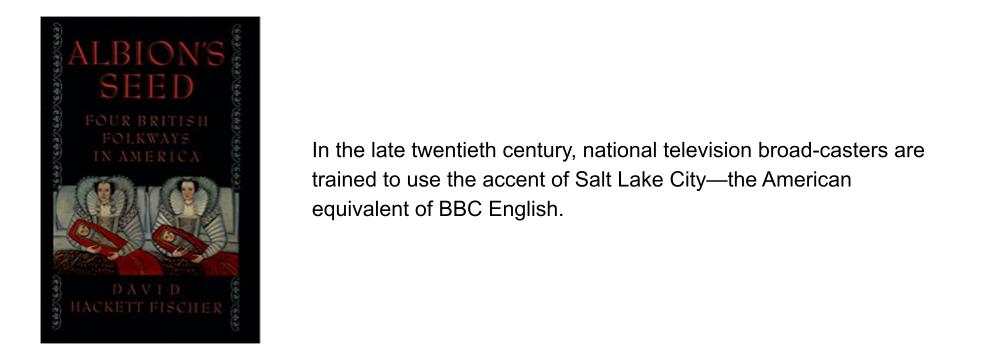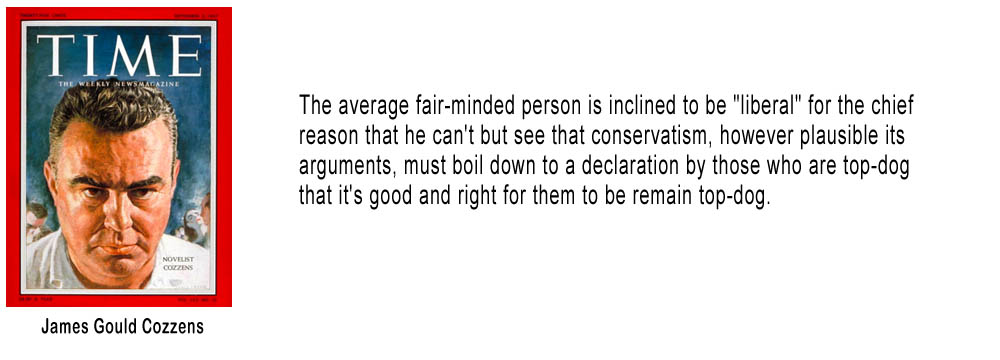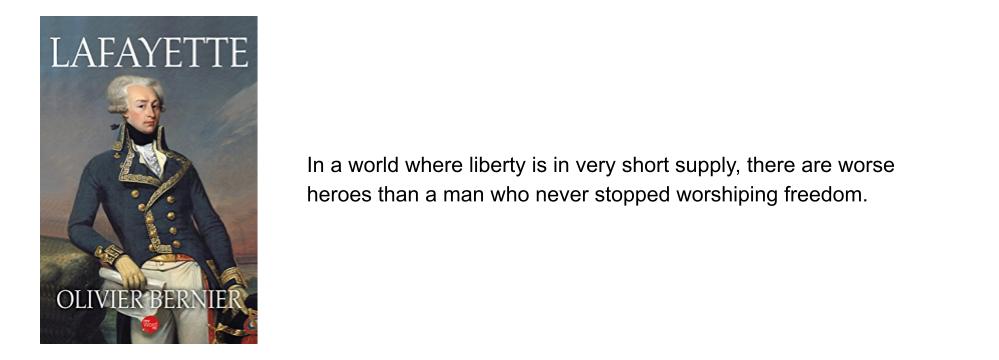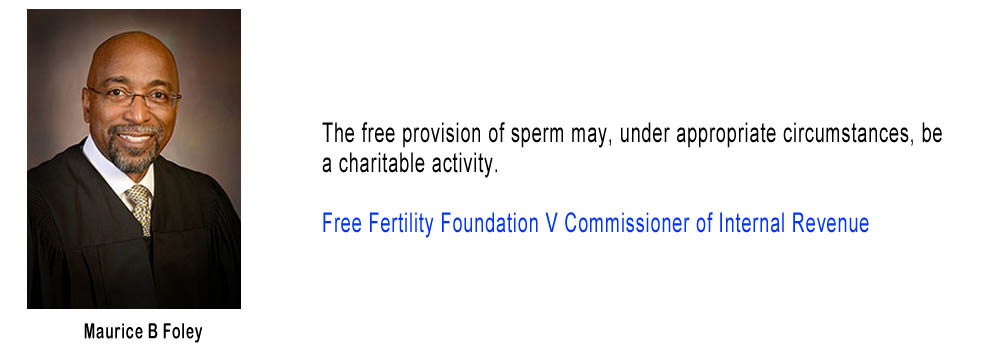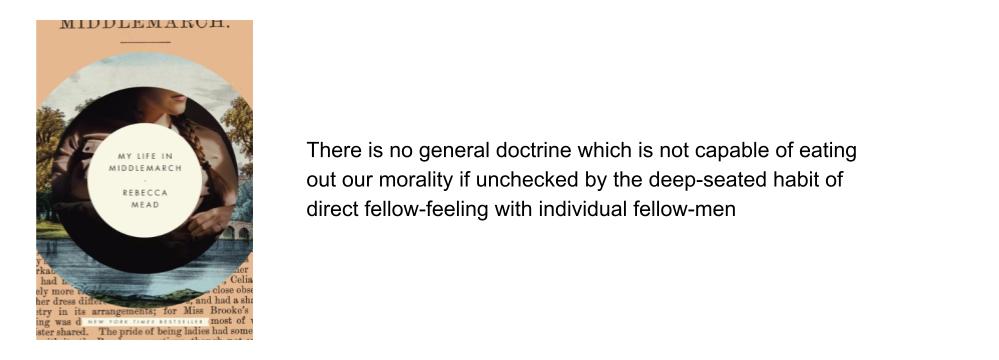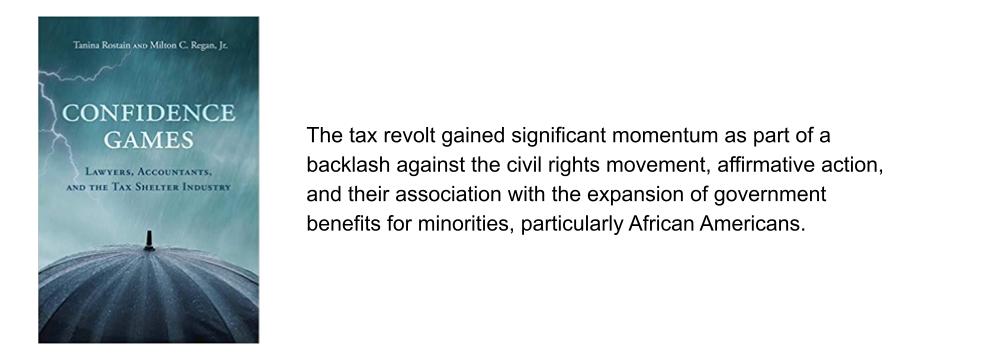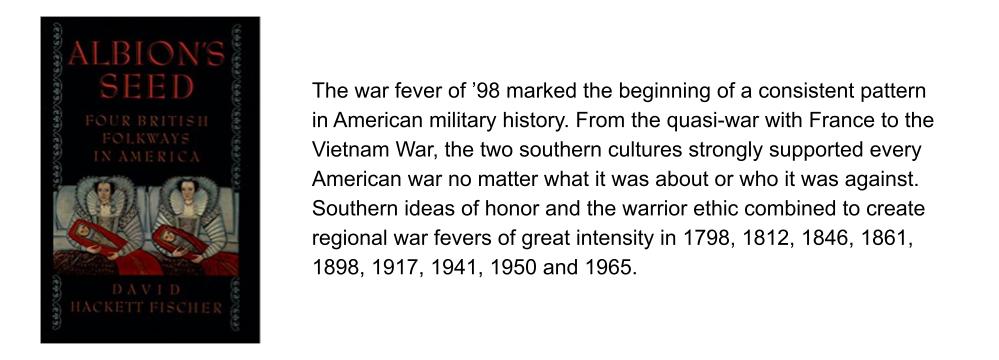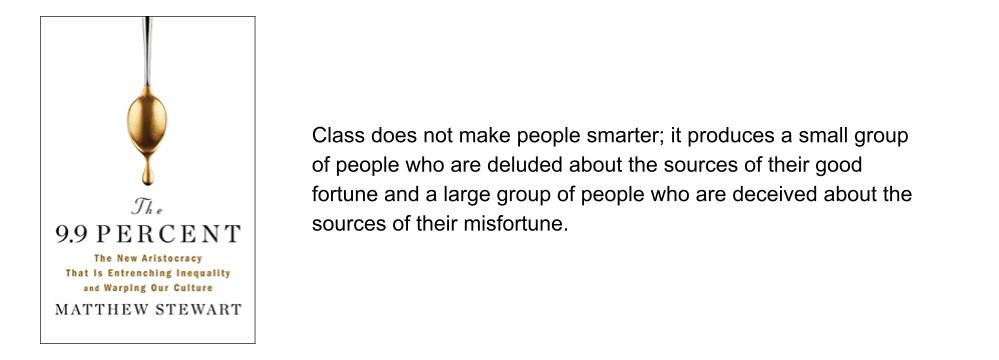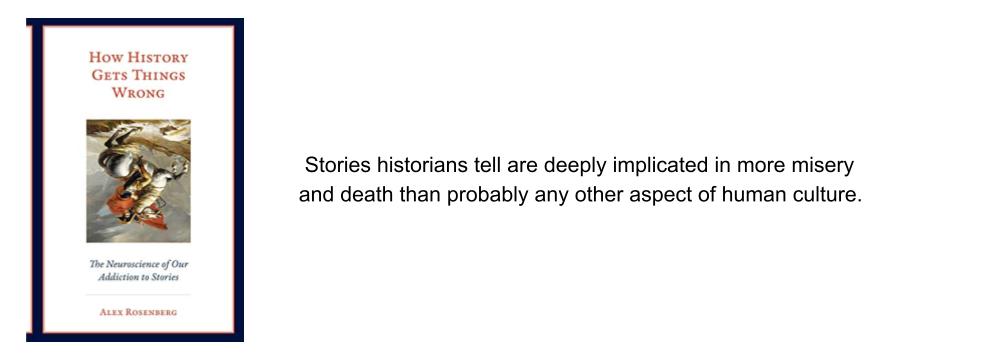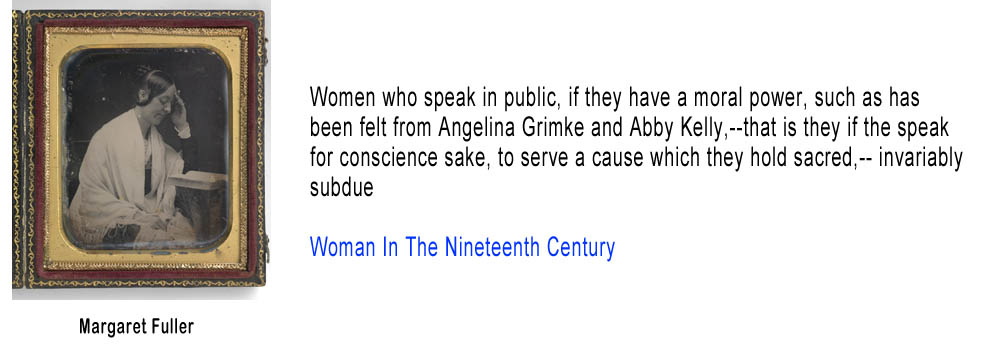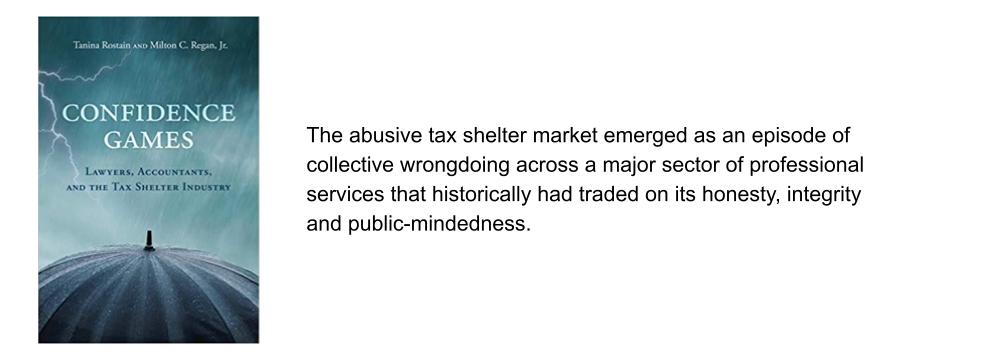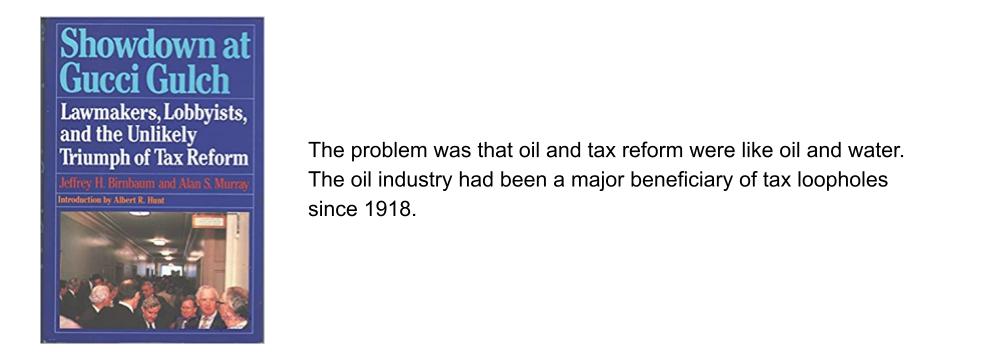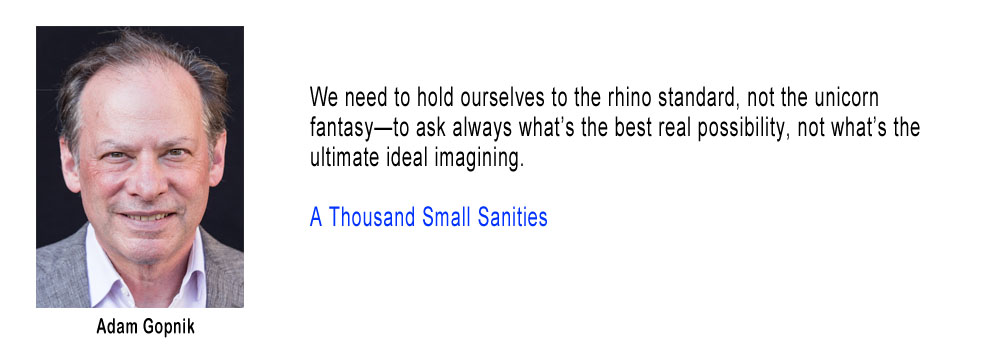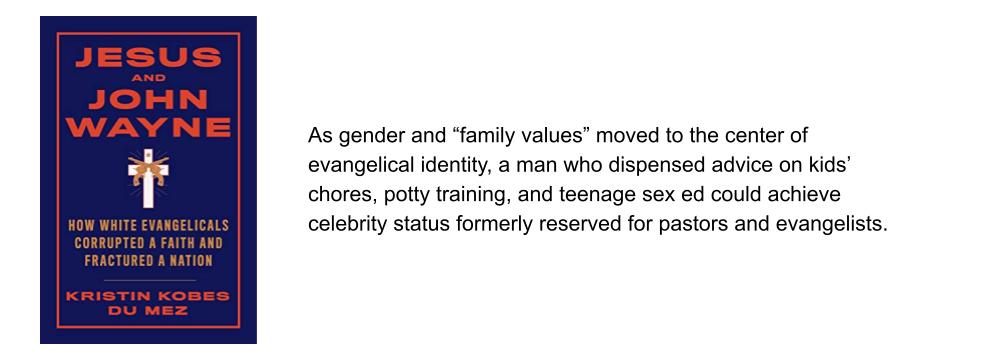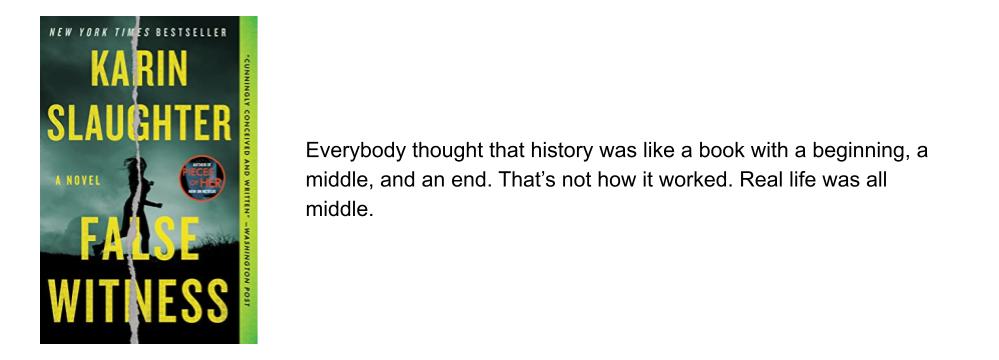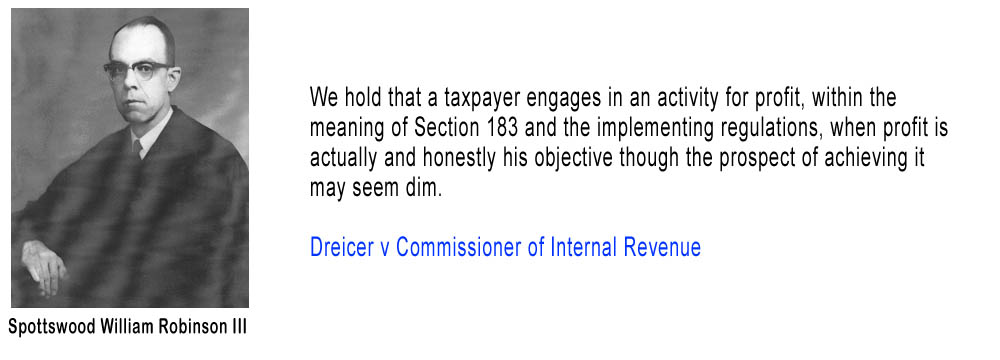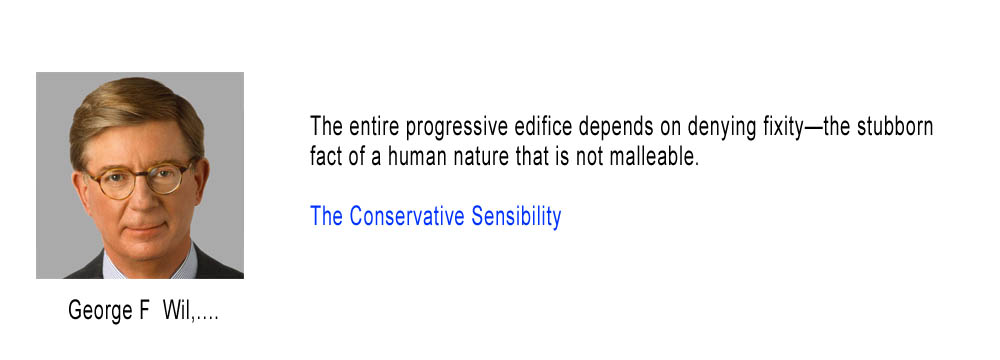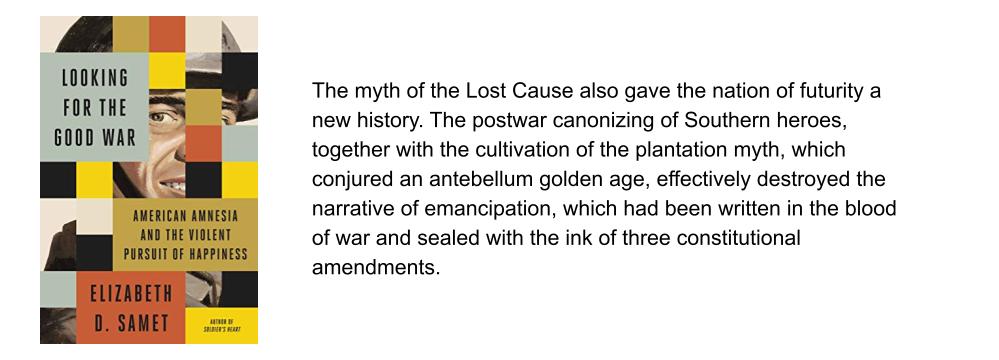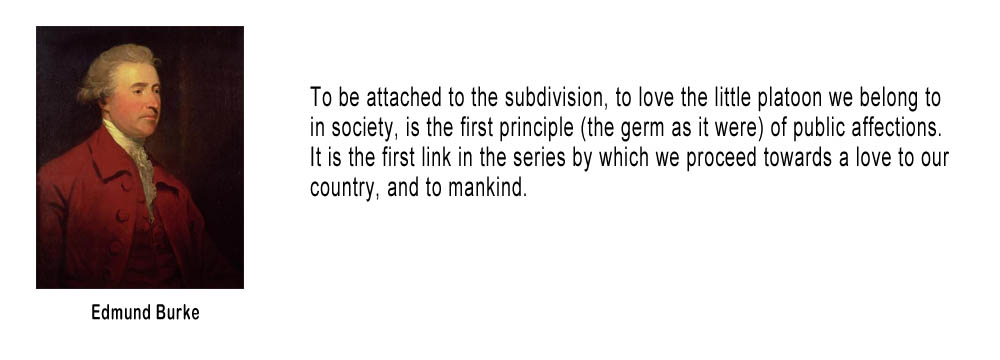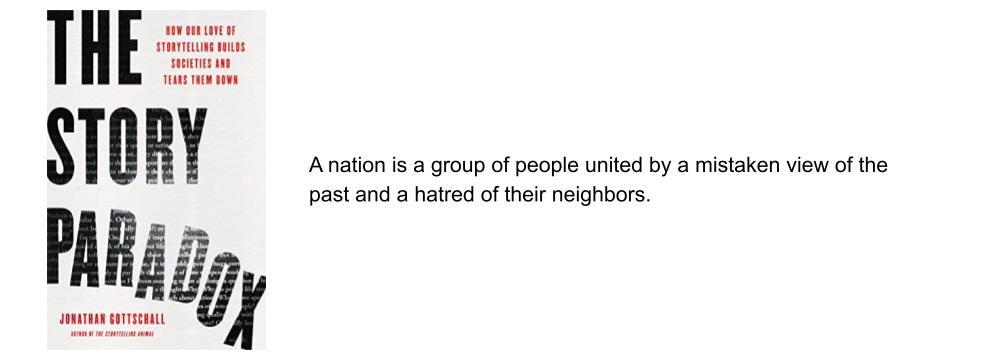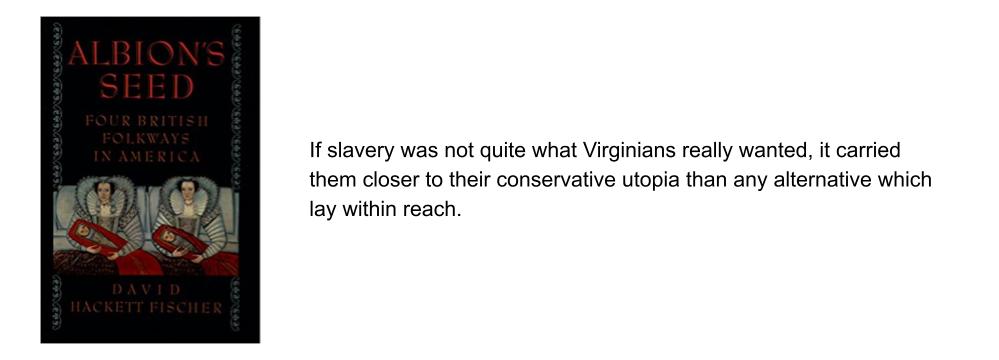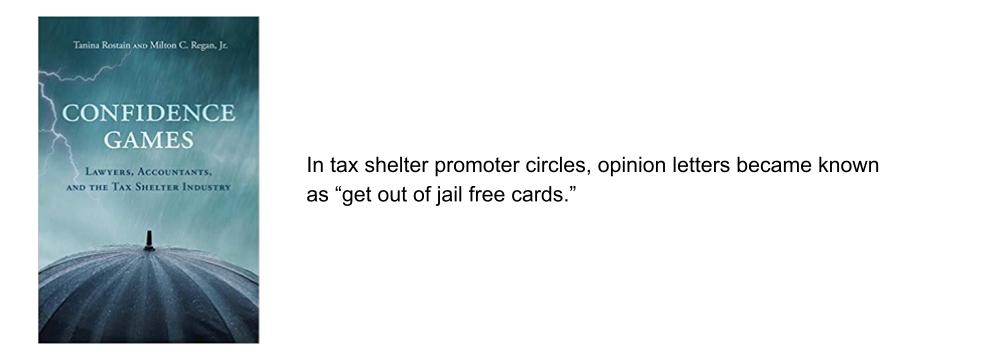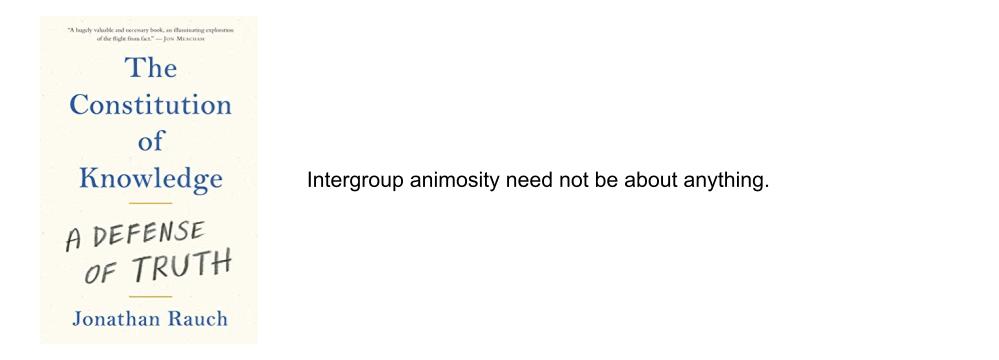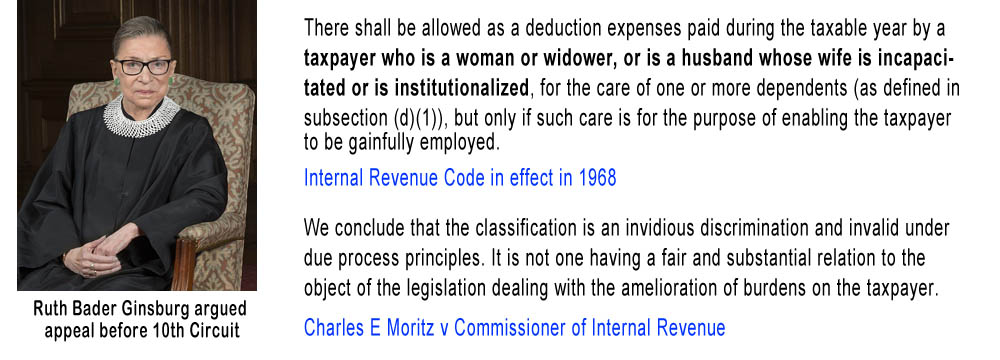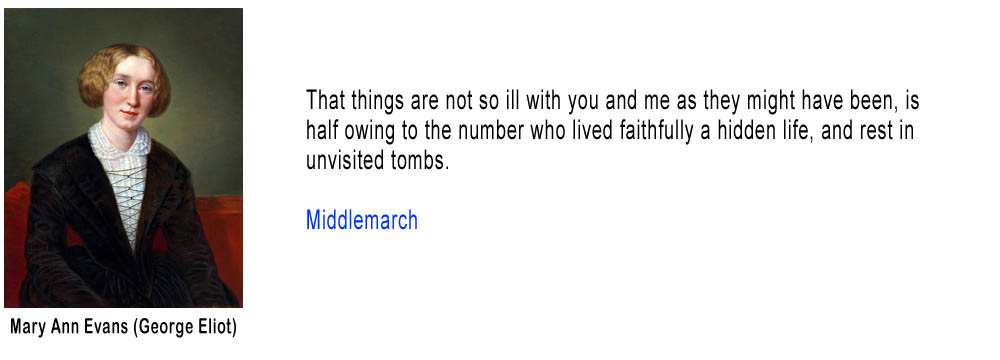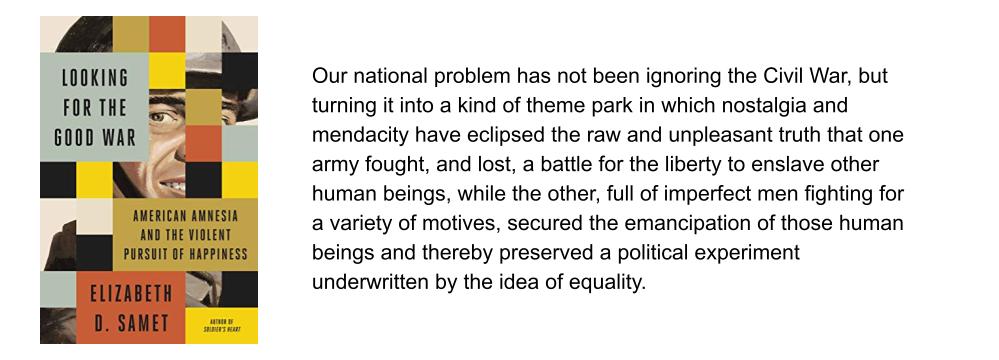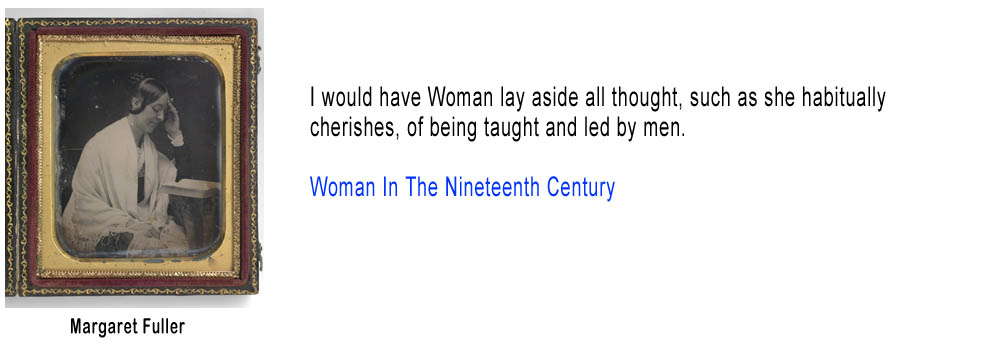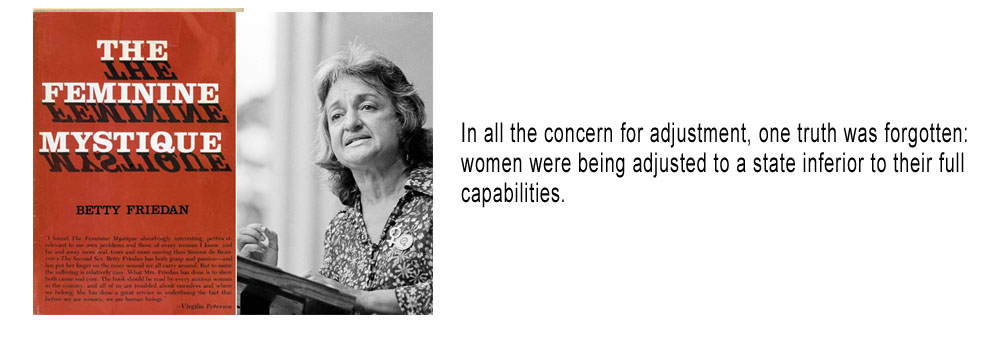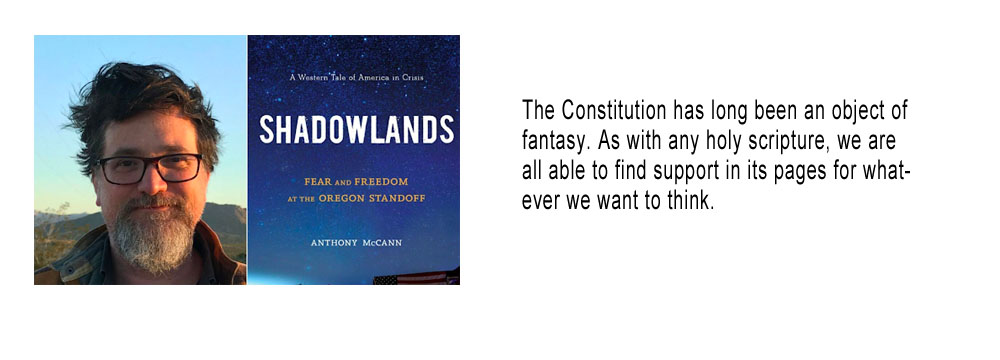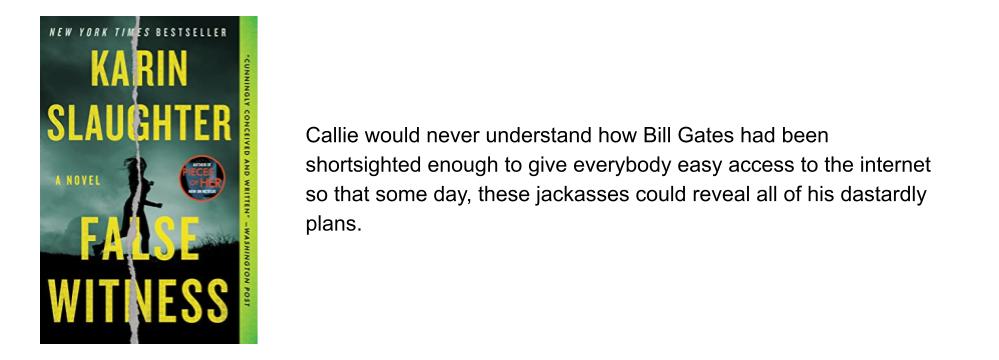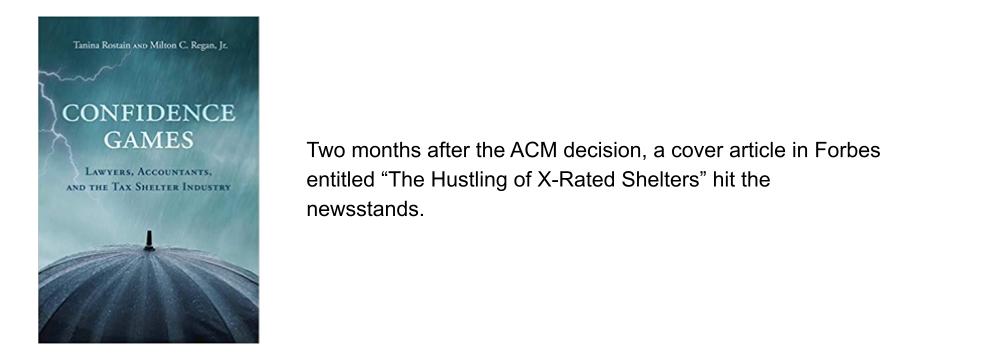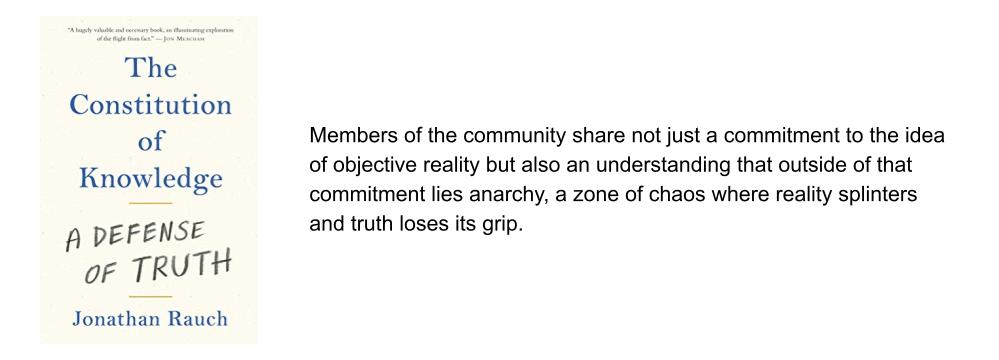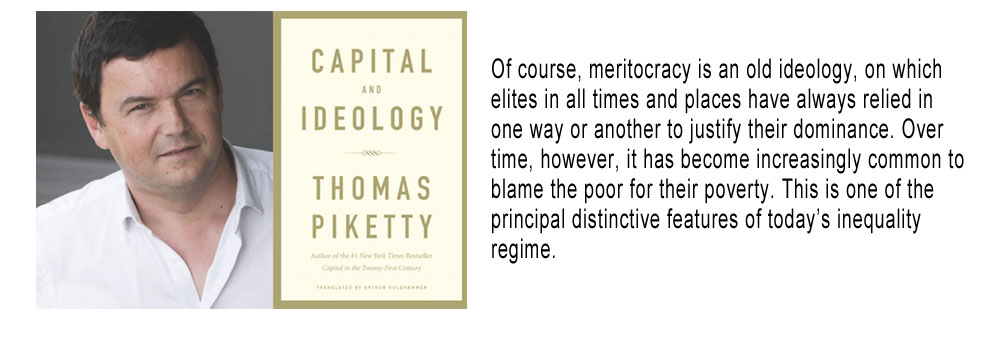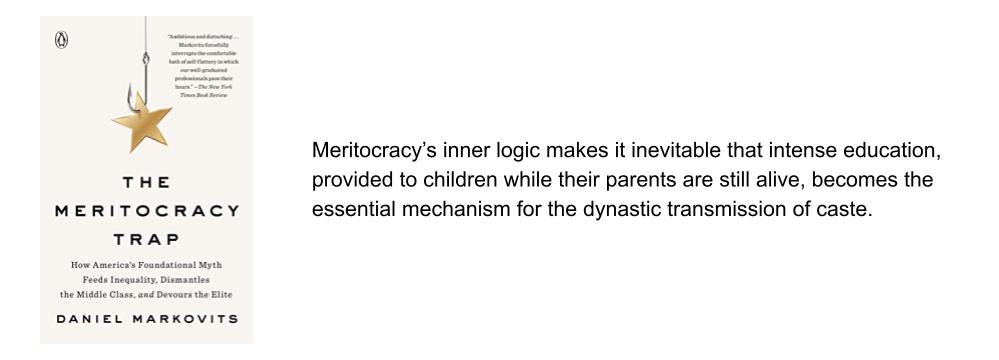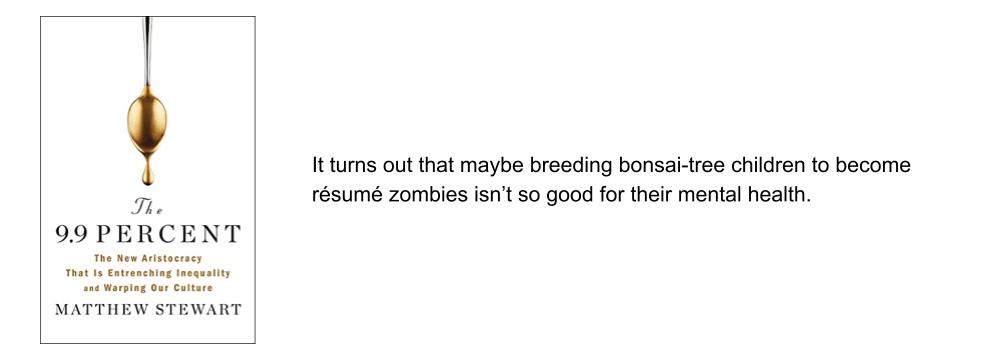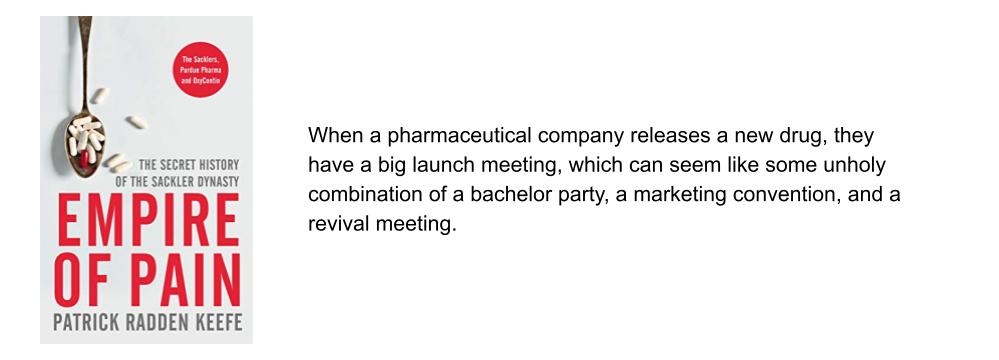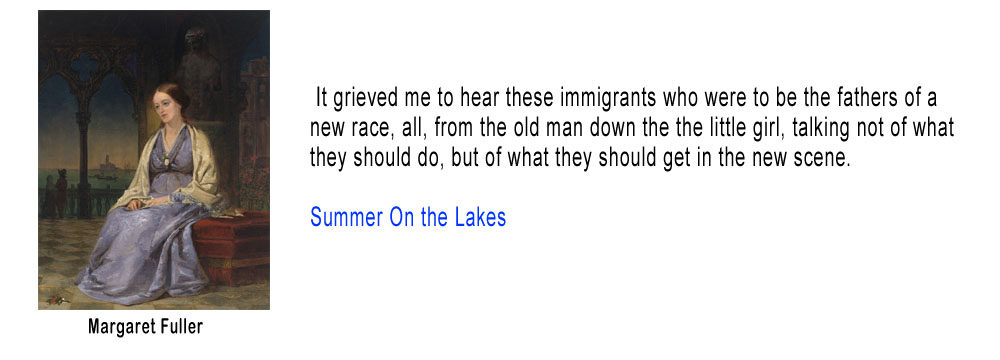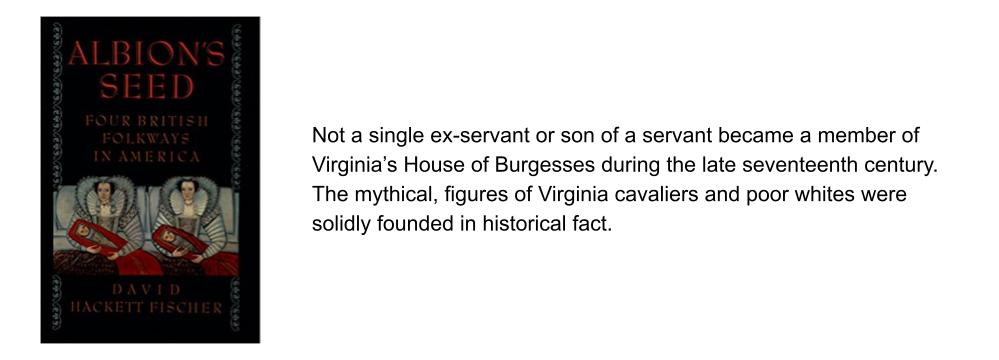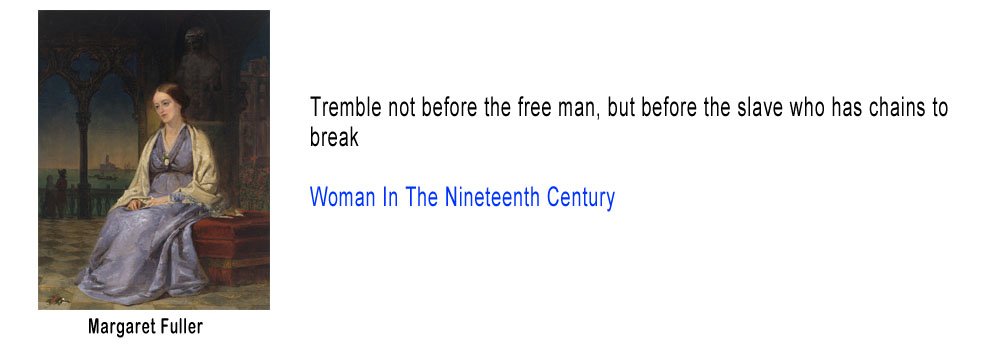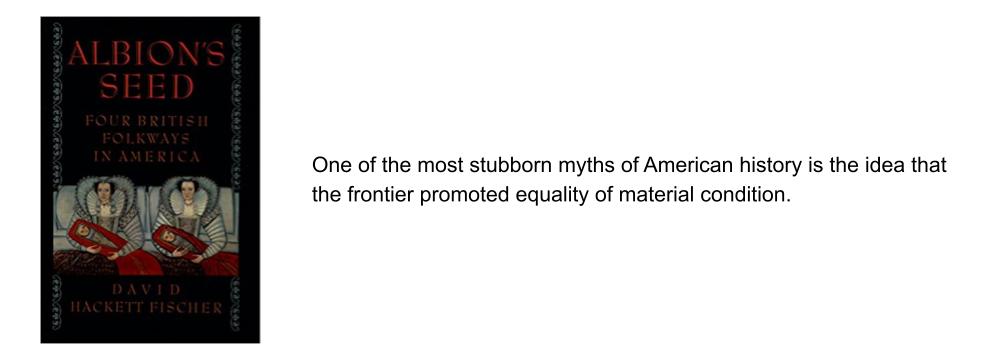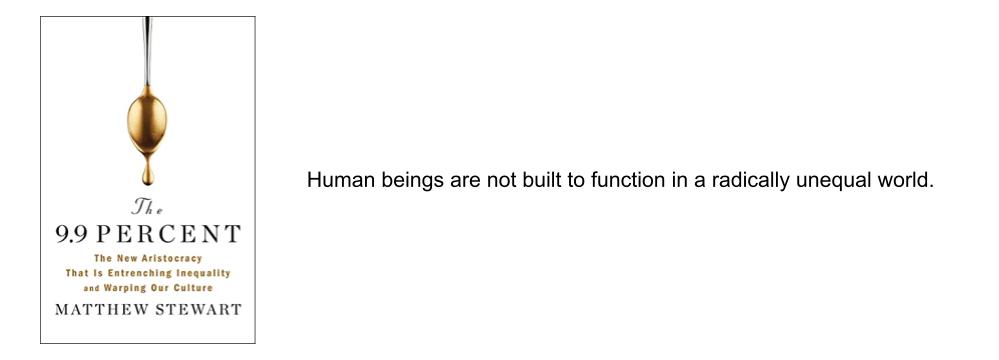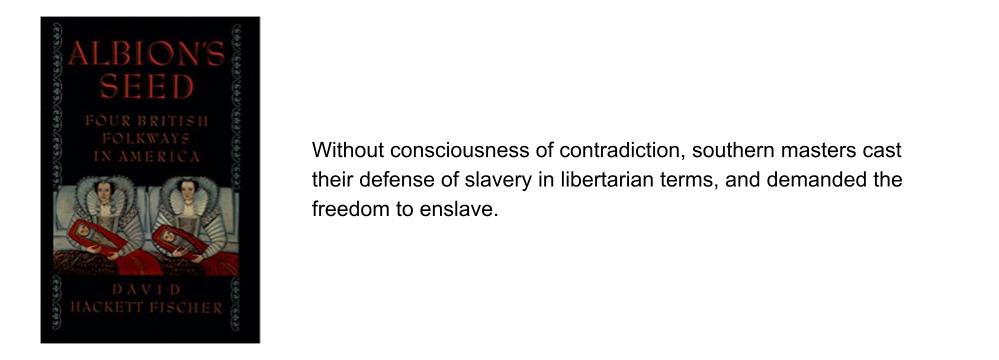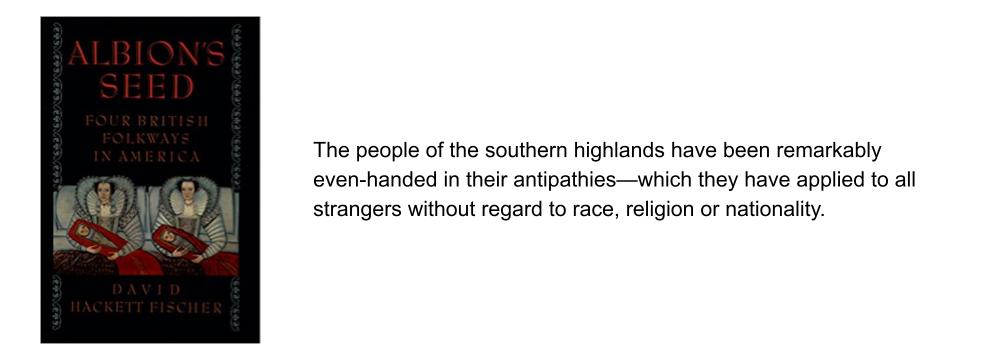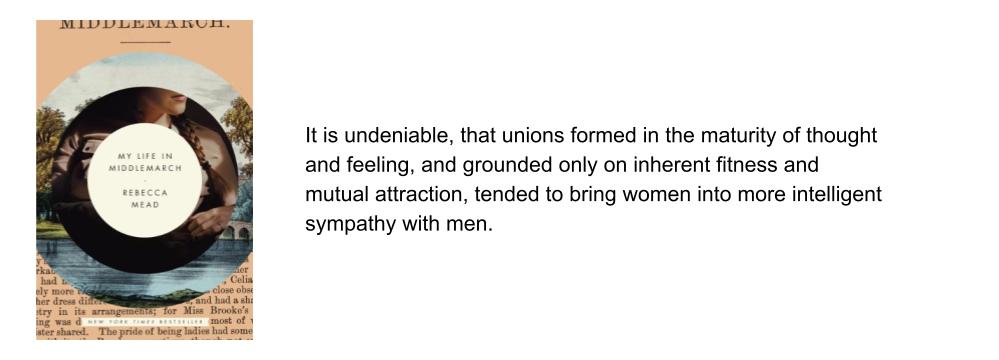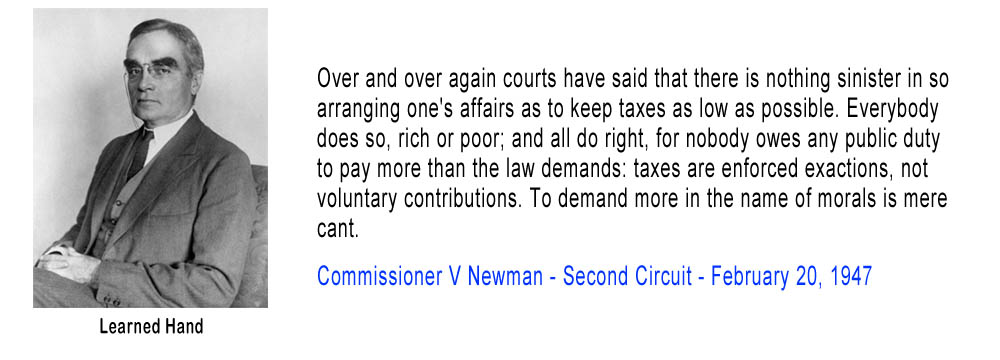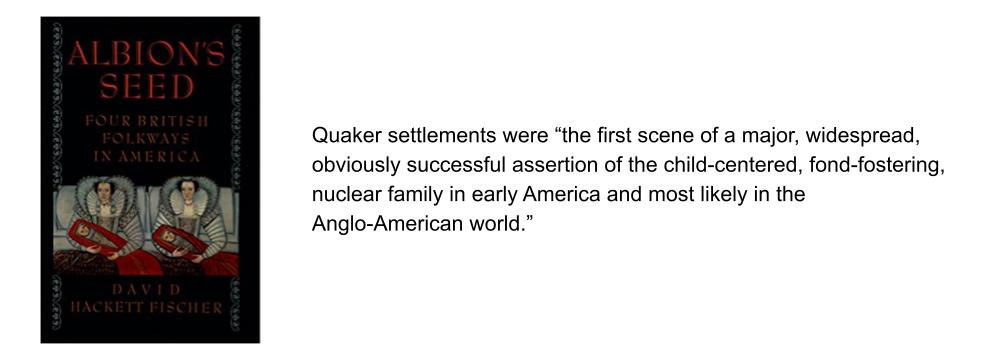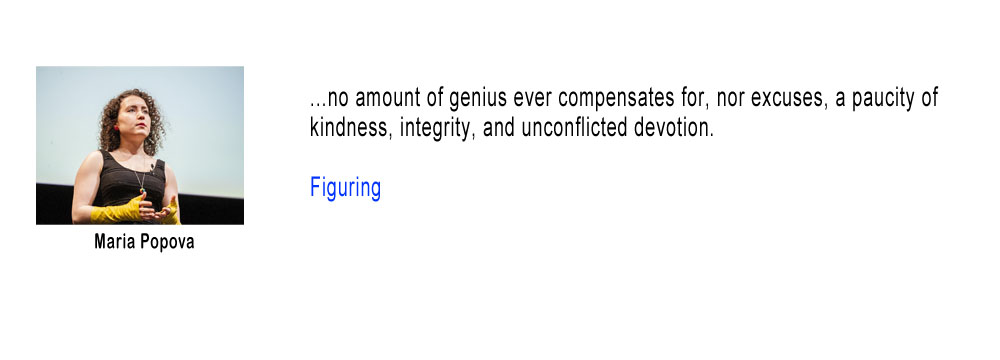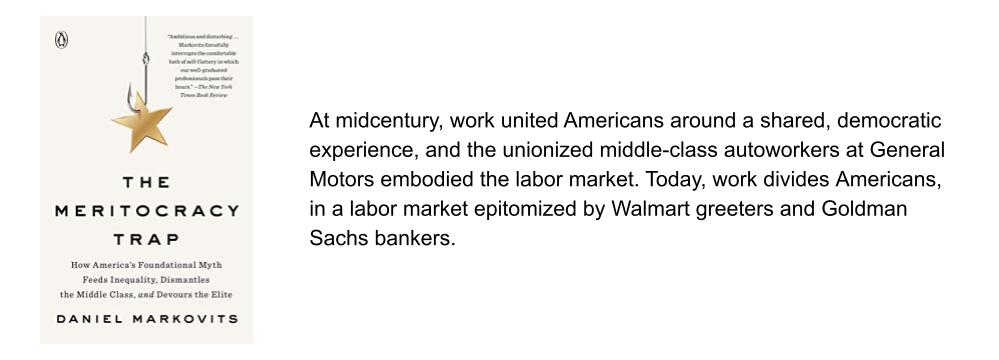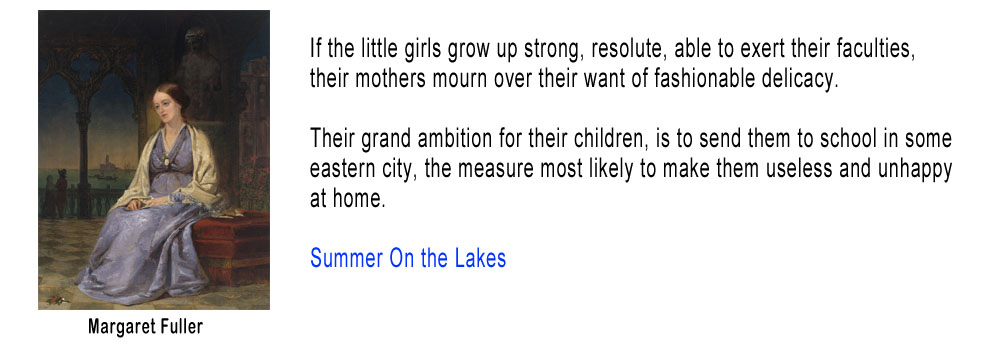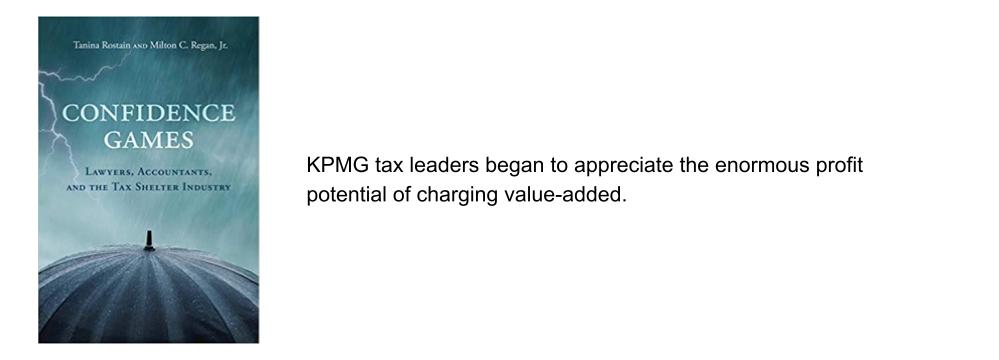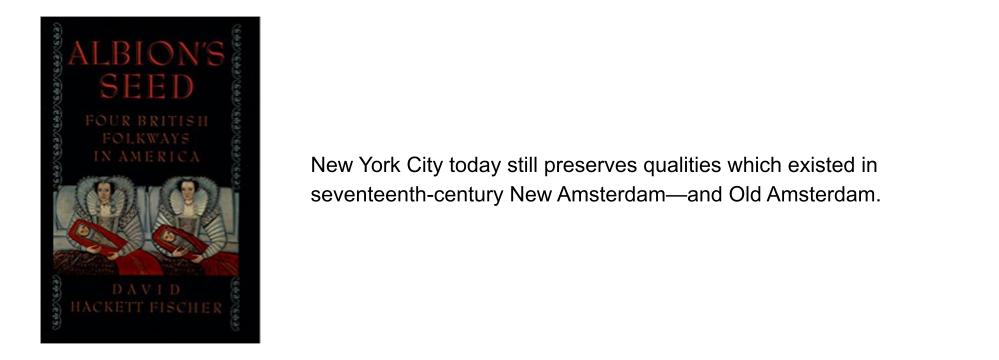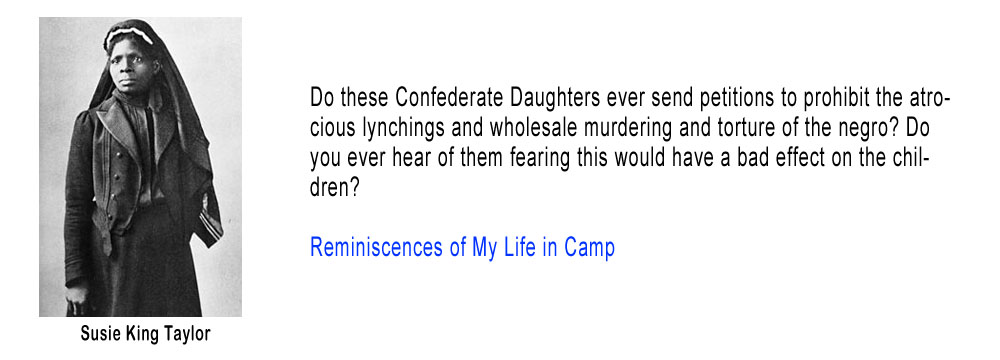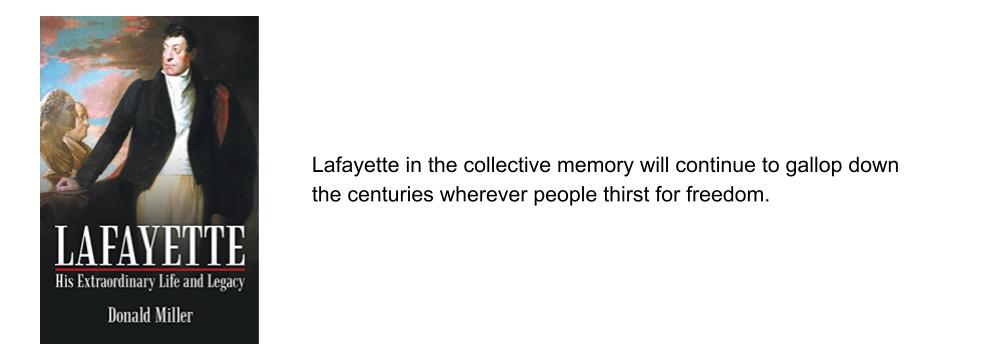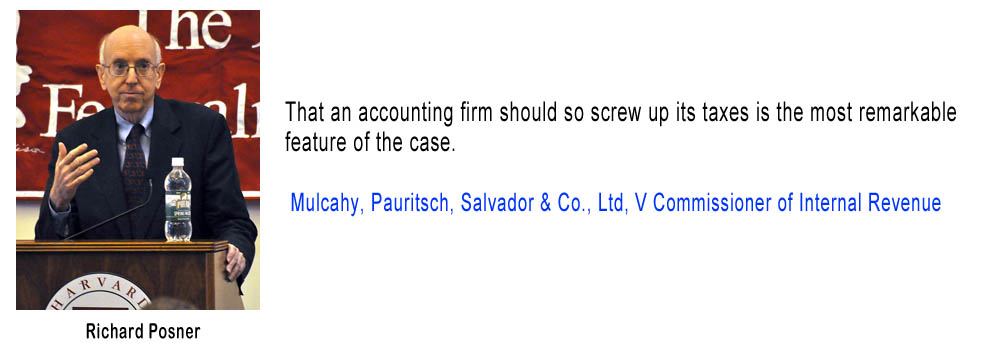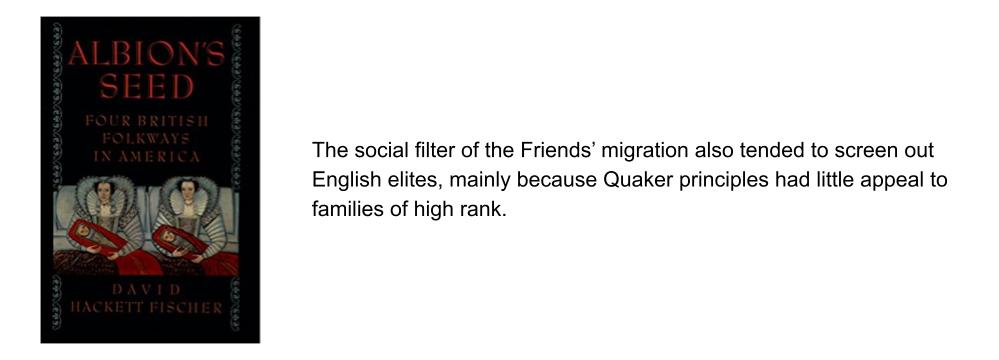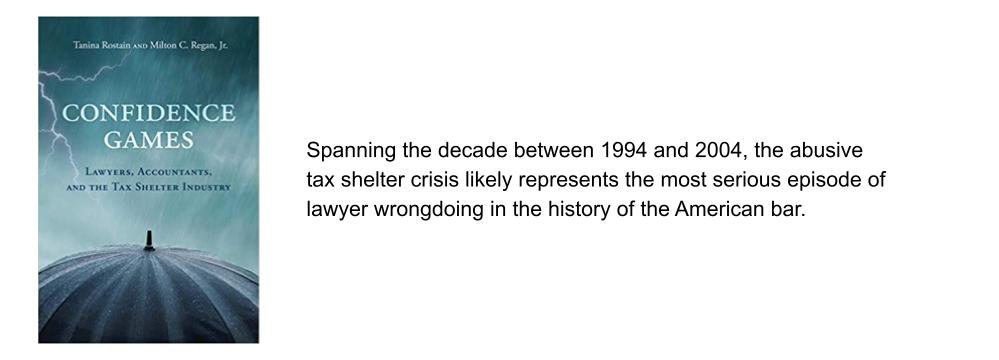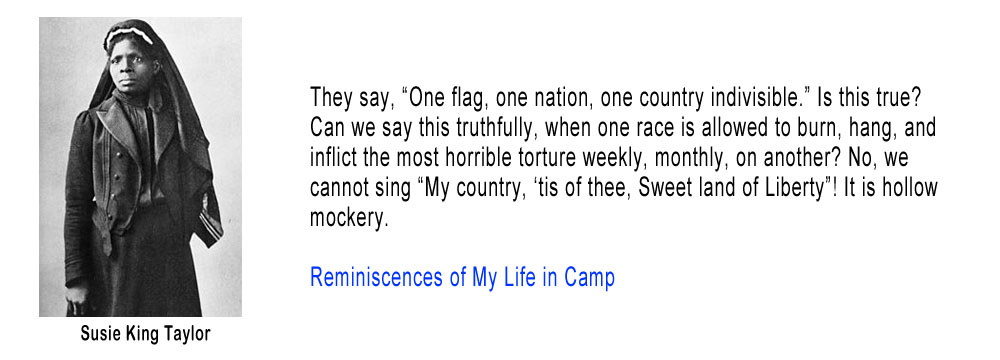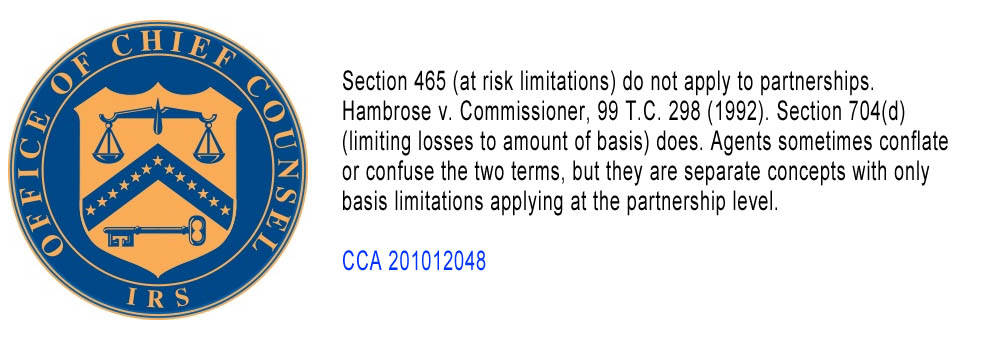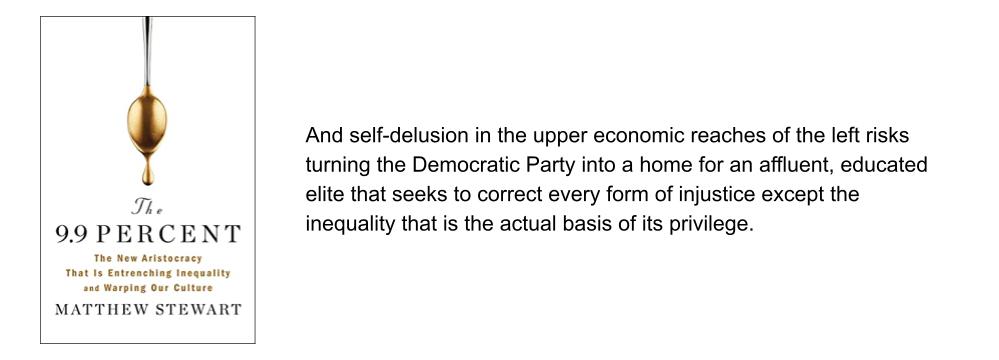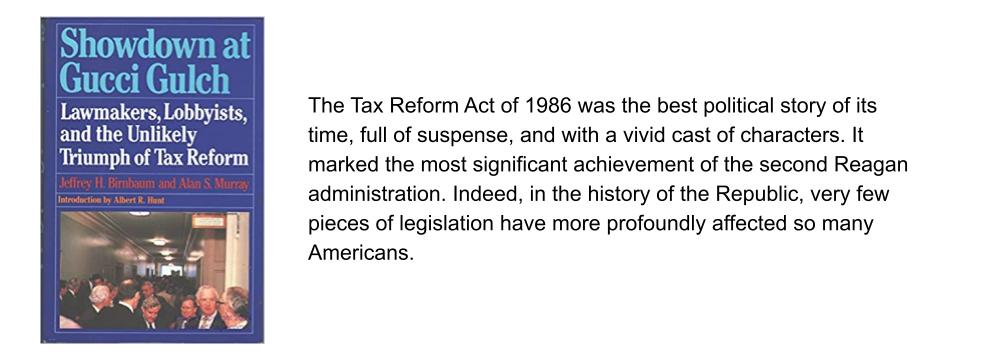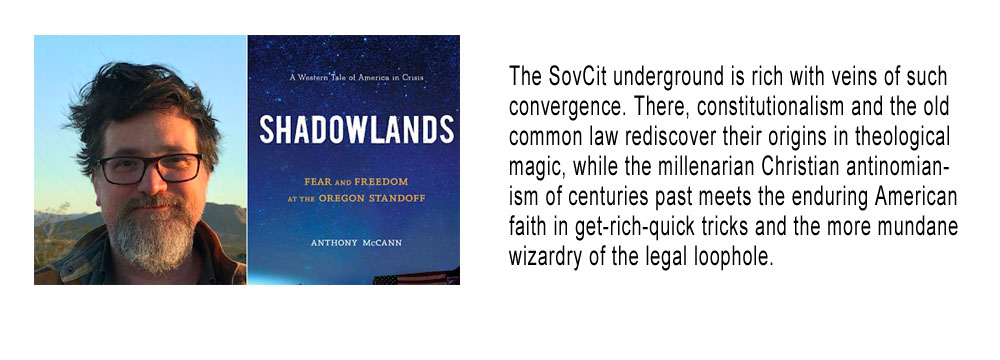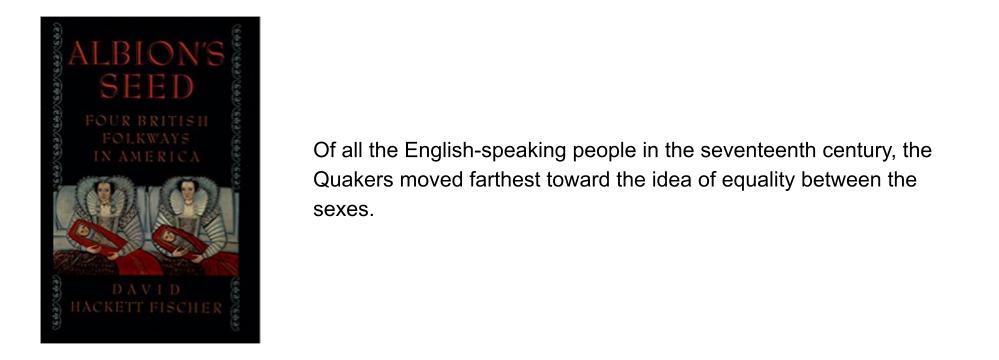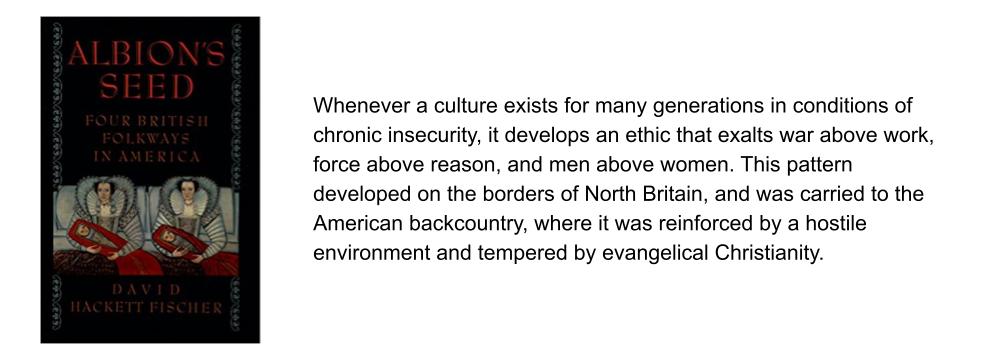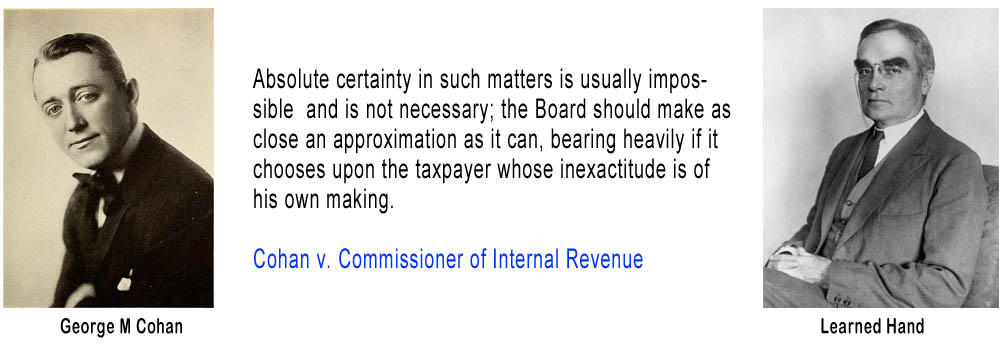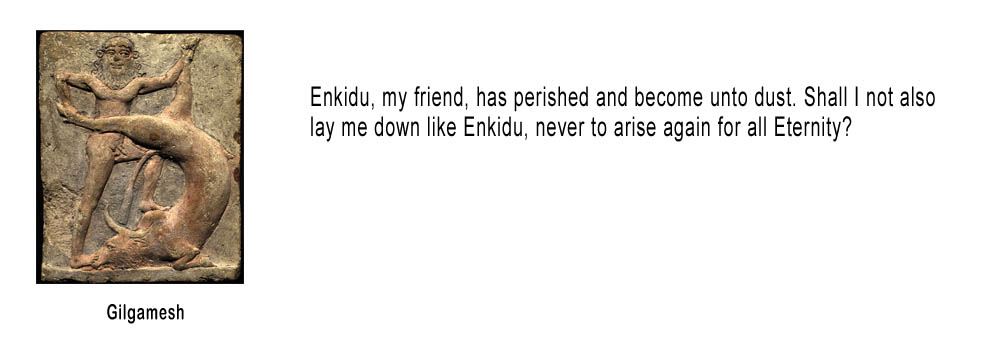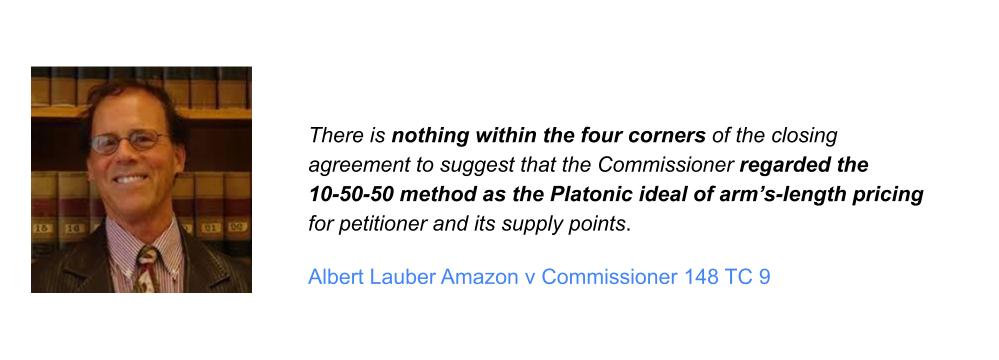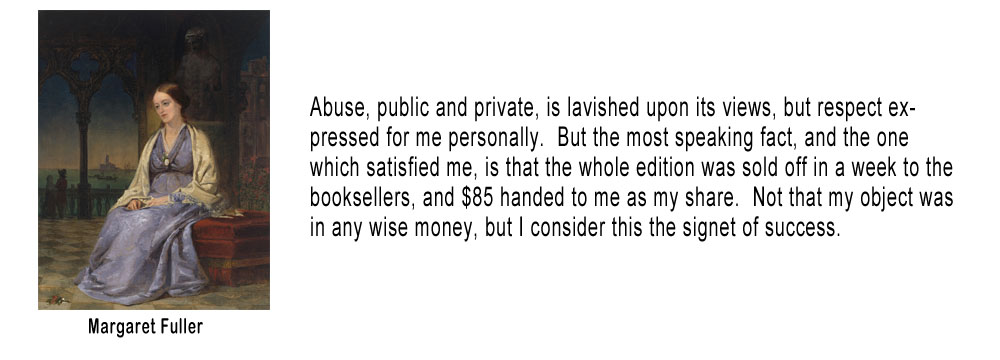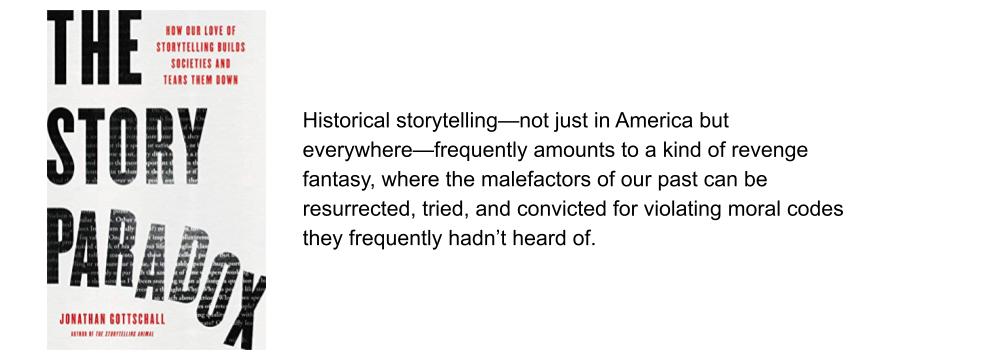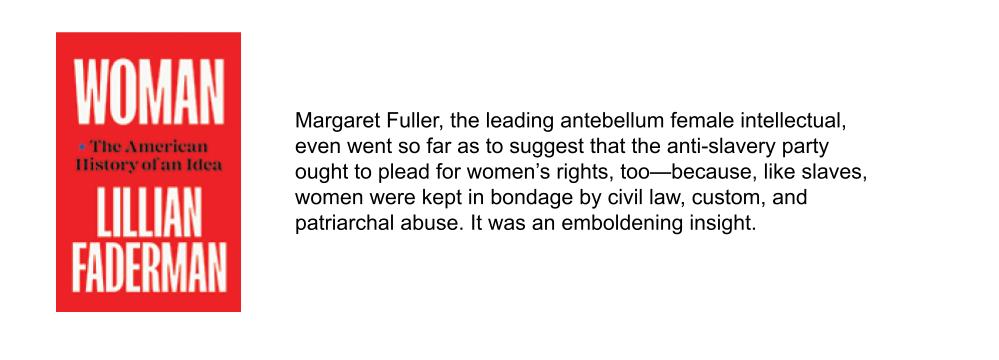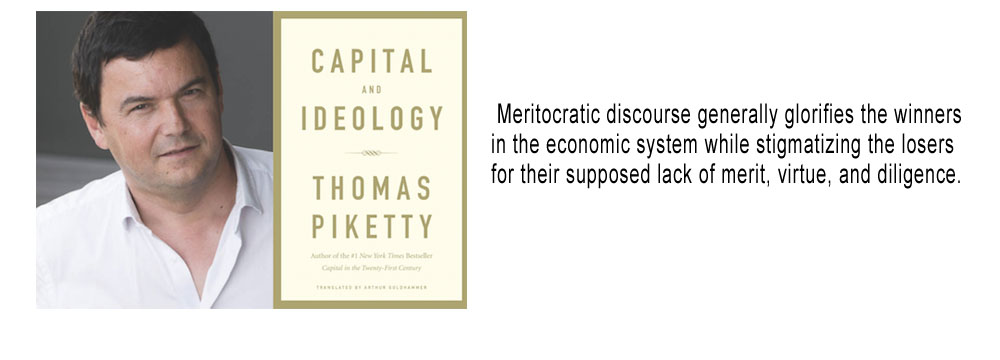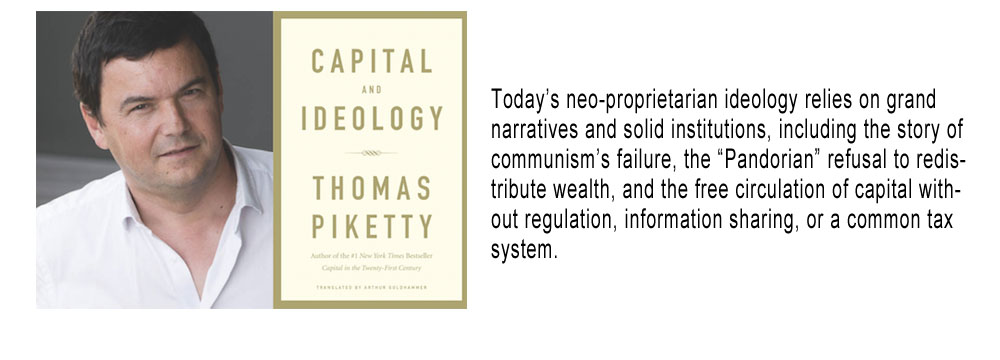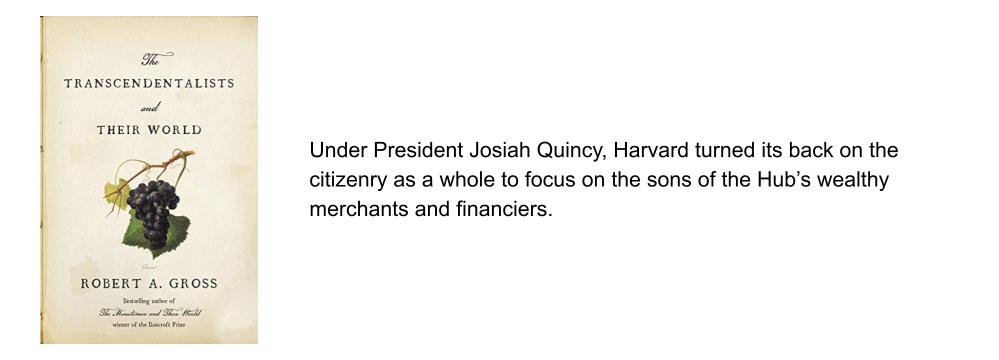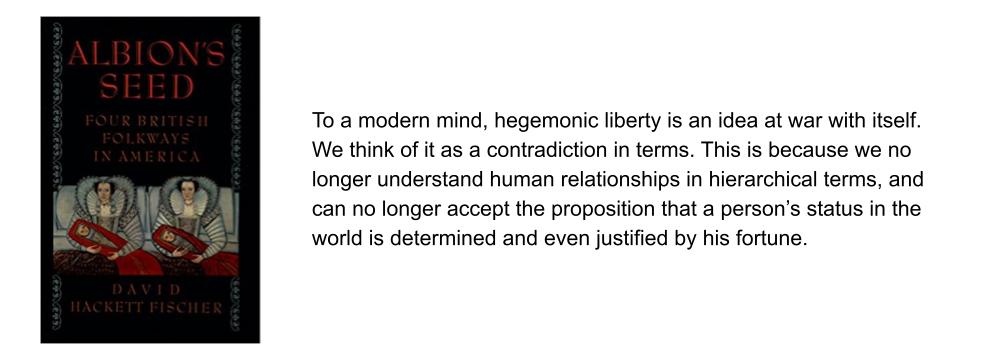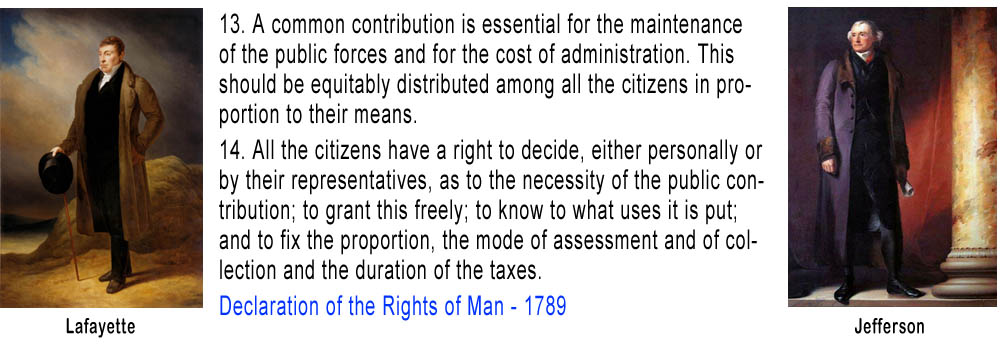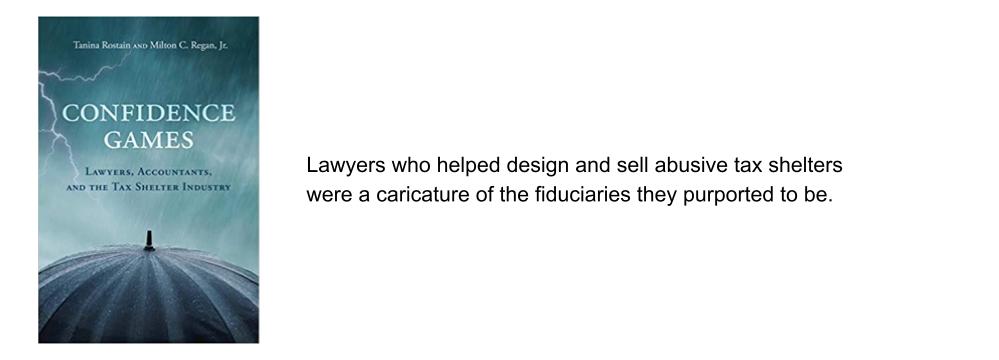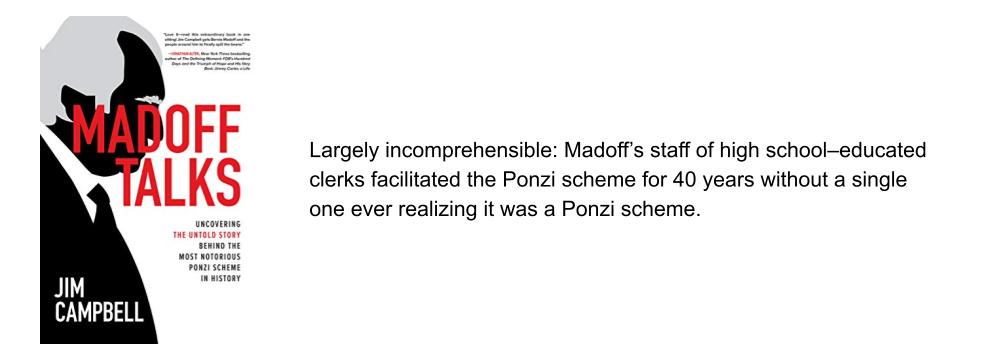Originally Published on forbes.com on December 30th, 2011
______________________________________
The family limited partnership is a very powerfulestate planning vehicle, so I thought I would start my roundup with two cases that illustrate how powerful it can be.
Mr. Giustina had his timber properties in a family limited partnership. It worked out so well for his estate that I was almost astounded:
How can this be ? If prior to his death Mr. Giustina had received a distribution of 19,000 or so acres that were representative of the whole and he had held those acres on the date of his death, they would have been worth at least $60,000,000. Inside a partnership in which he was the largest partner and all seven of the other limited partners had names like Syliva B Giustina and Natalie Giustina Newlove even the IRS is only looking for about 50% and an appraisal at around 20% doesn’t rate a penalty.
There is something about all this that disturbs me intellectually. The parties seem to agree that if you wanted to buy all the stuff in the Giustina partnership it would cost you $250,000,000 (remember the 40% discount on the land value). On the other hand a valuation of a 40% interest in all that at less than $13,000,000 was reasonable, although low, the ”correct value” being $27,454,115. There has to be something bizarrely wrong about our capital markets for this to make any sense. Fortunately, thinking aboutmatters like that is not my job, man. My motto in tax matters is “It is what is. Deal with it.” There are a host of execution issues and numerous ways to screw up family limited partnerships as I have written elsewhere, but the family limited partnership is once again proven to be a very valuable estate planning tool.
The Giustina case received a good amount of coverage because of the details of the appraisal process that were discussed in the case. At least one other commenter noted the spread between net asset value and the ultimate value agreed by the Court.
This case is a little complicated, but the planning technique that it endorses is well worth studying. Family limited partnership interests are gifted to family and a charitable trust. There is also a sale to the family. A part of the contract indicates that if the final value for gift tax purposes was different than that initially stated, units will be shifted between the family trust and the charitable trust so that the taxable gift will not increase. The IRS tried to argue that the clause was void as being against public policy, but the Tax Court upheld it and the Ninth Circuit agreed. This could be a very powerful technique in the right circumstances.
Cases Where Things Did Not Go So Well
As I noted in a piece at the very dawn of my blog when family limited partnerships fail it is usually a matter of execution rather than conceptual problems. That remains pretty much the case
The Linton case this year was actually a taxpayer victory or more accurately a chance for a redo. They had lost on summary judgment in district court in 2009. Nonetheless, it is a text book case of poor execution. The Lintons came to their attorney’s office and signed documents transferring property to a limited partnership and undated documents making gifts of the partnership interests. The gifts were supposed to be dated a week after the formation. When someone assembled the binder, they filled in the blank dates with the same date as the formation. Family limited partnerships are one area where you have to burn before you pillage. That is the steps that reduce value must be taken before any gifts are made. I really think the interval should be somewhat longer than a week and that it is really worth two trips to the lawyers office. Even if the Lintons end up prevailing I’ll still hold firm to that.
This case illustrates that leaving fractional undivided interests is not as good a deal as leaving family limited partnsrship interests. No discounts were allowed:
Estate wasn’t entitled to fractional interest discounts for, and instead was required to include in gross estate full fee simple value of, ranch land which decedent gratuitously deeded to children before death but in which he retained lifetime right to income and possession: given decedent’s retained rights/life estate and in accord with Code Sec. 2036 , it was as if decedent retained entire interest during life and only made transfers to children at death for tax purposes. Thus, since property interests transferred to separate owners at death aren’t valued separately for estate tax purposes, estate tax value of property was full/undiscounted death date FMV.
Charles Rubin had a good piece on this case.
This was a classic poor execution case. In the original tax court decision one of the heirs had commented that he could not “get his head around the idea” that the partnership was not just like a bank account. The IRS argued that there was a retained economic interest.The retained economic interest was based on the decedent writing $90,000 worth of checks from the partnership for her personal expenses (even though there was an attempt to correct this by her accountant when this “error” was discovered) and because $200,000 of her estate taxes where paid from the Partnership. The Ninth Circuit upheld the Tax Court decision.
You could use this case as a textbook on how to have a family limited partnership fail. The partnership was formed by father and son. The son was supposed to contribute $362 for a 0.02% interest. He never made the contribution because the partnership did not have a cash account. The accountant continued to report properties on Dr. Liljerstrand’s individual returns, because nobody told her about the partnership. She finally figured it out after two years when she saw some legal bills
This case was widely covered including a piece by Joe Kristan. Joe has been on this site as a guest blogger . He had the temerity to take on the Wandering Tax Pro.
The Future
Nobody knows what is going to happen to the $5,000,000 exemption after 2012. It would seem that anybody, with significant net worth, who has not already used it , should seriously consider a 2012 mega gift. A family limited partnership allows the exclusion to be leveraged to cover more asset value. If they have the discipline to make a family limited partnership work, it should be set up now so it can age a bit before gifts are made. Be scrupulous in execution both in formation and ongoing operation. Respect the separate existence of the entity. For what it is worth the Sensible Estate Tax Act of 2011 would eliminate discounts on non-business assets in family limited partnerships. That particular act is unlikely to pass, but when the trading to hit revenue goals starts going flp discounts will be in play and it may be that they do not have a lot of fans.
Nobody knows what is going to happen to the $5,000,000 exemption after 2012. It would seem that anybody, with significant net worth, who has not already used it , should seriously consider a 2012 mega gift. A family limited partnership allows the exclusion to be leveraged to cover more asset value. If they have the discipline to make a family limited partnership work, it should be set up now so it can age a bit before gifts are made. Be scrupulous in execution both in formation and ongoing operation. Respect the separate existence of the entity. For what it is worth the Sensible Estate Tax Act of 2011 would eliminate discounts on non-business assets in family limited partnerships. That particular act is unlikely to pass, but when the trading to hit revenue goals starts going flp discounts will be in play and it may be that they do not have a lot of fans.
You can follow me on twitter @peterreillycpa.

